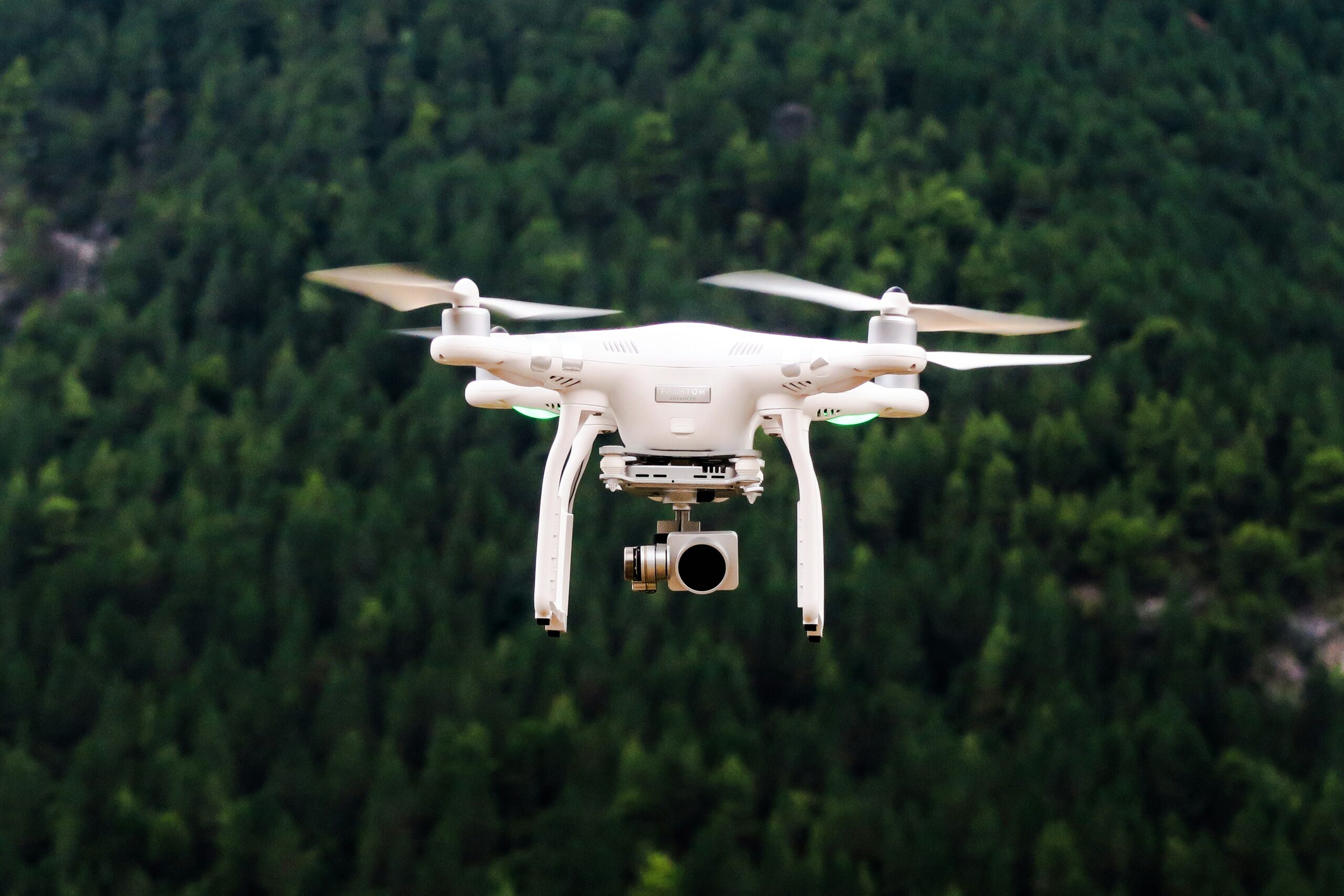Precision agriculture is transforming the way we grow crops, and a key aspect of this revolution is the ability to map and differentiate between crops and soil at an unprecedented level of detail. Researchers from the Indian Institute of Space Science and Technology, the Indian Institute of Science, and the National Institute of Advanced Studies have developed a groundbreaking approach that leverages hyperspectral imaging to achieve this feat.
By acquiring high-resolution drone-based and ground-based hyperspectral imagery, the team was able to discriminate between cabbage crops and soil with an accuracy of up to 99-100%. This remarkable achievement has far-reaching implications for precision agriculture, as it paves the way for targeted nutrient management, efficient pest control, and optimized crop yields.

Precision Agriculture with Hyperspectral Imaging
The world of agriculture is undergoing a transformative shift, driven by the rapid advancements in sensing, monitoring, and automation technologies. One of the key areas that has gained significant attention is precision agriculture, which focuses on optimizing agricultural practices at the individual plant level. At the heart of this revolution is the ability to accurately map and differentiate between crops and soil within a field, a feat that has long eluded researchers and farmers alike.
Enter the team of scientists from the Indian Institute of Space Science and Technology, the Indian Institute of Science, and the National Institute of Advanced Studies. By leveraging the power of hyperspectral imaging, they have developed a groundbreaking approach that can discriminate between crops and soil with unprecedented accuracy, even at the sub-plant level.
Capturing the Spectral Fingerprints of Crops and Soil
The key to this remarkable achievement lies in the team’s meticulous data collection and analysis. They acquired high-resolution hyperspectral imagery using both drone-based and ground-based sensors, capturing the unique spectral signatures of the cabbage crops and the surrounding soil.

Fig. 2
“The precise spatial detection of plant objects in farms is crucial for optimizing plant-level nutrition and managing pests and diseases,” explains Dr. Rama Rao Nidamanuri, one of the lead researchers. “By leveraging the power of hyperspectral imaging, we were able to achieve an unprecedented level of discrimination between crops and soil, paving the way for a new era of precision agriculture.”
the Secrets of Spectral Unmixing
The researchers employed a range of sophisticated spectral unmixing techniques to extract the abundance of crops and soil from the hyperspectral imagery. This process involved the use of various linear, non-linear, and sparse-based algorithms, each with its own unique strengths and weaknesses.

Fig. 4
“We tested a variety of spectral unmixing methods, from the traditional linear models to the more advanced non-linear and sparse-based approaches,” says Dr. Sudhanshu Shekhar Jha, another member of the research team. “By comparing the performance of these algorithms, we were able to identify the most effective techniques for discriminating between crops and soil at the sub-plant level.”
the Potential of Precision Agriculture
The implications of this research are far-reaching, with the potential to transform the way we approach agricultural practices. By accurately mapping the distribution of crops and soil within a field, farmers can now optimize the application of nutrients, pesticides, and other inputs, leading to increased yields and reduced environmental impact.

Fig. 5
“This technology has the potential to revolutionize precision agriculture,” says Dr. Vinay Kumar Dadhwal, a co-author of the study. “By providing a detailed, real-time understanding of the crop-soil dynamics within a field, we can empower farmers to make more informed decisions and adapt their practices accordingly.”
The researchers have also generated a valuable dataset of hyperspectral imagery and ground truth data, which can be used by the broader scientific community to develop and test new methods for sub-canopy level soil-crop discrimination. This collaborative effort paves the way for a future where precision agriculture becomes the norm, rather than the exception.
Author credit: This article is based on research by C. V. S. S. Manohar Kumar, Sudhanshu Shekhar Jha, Rama Rao Nidamanuri, Vinay Kumar Dadhwal.
For More Related Articles Click Here
